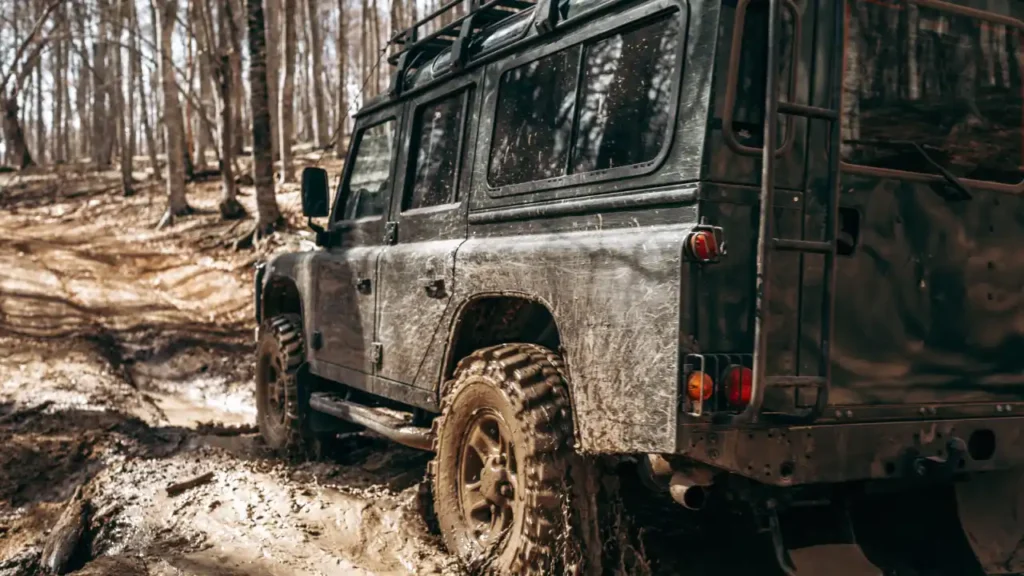
Free monthly entries to ALL giveaways
+1 every month
+5 every month
+10 every month
5%
125
150
350
100
100
50
Cancel membership anytime
Terms apply
apply
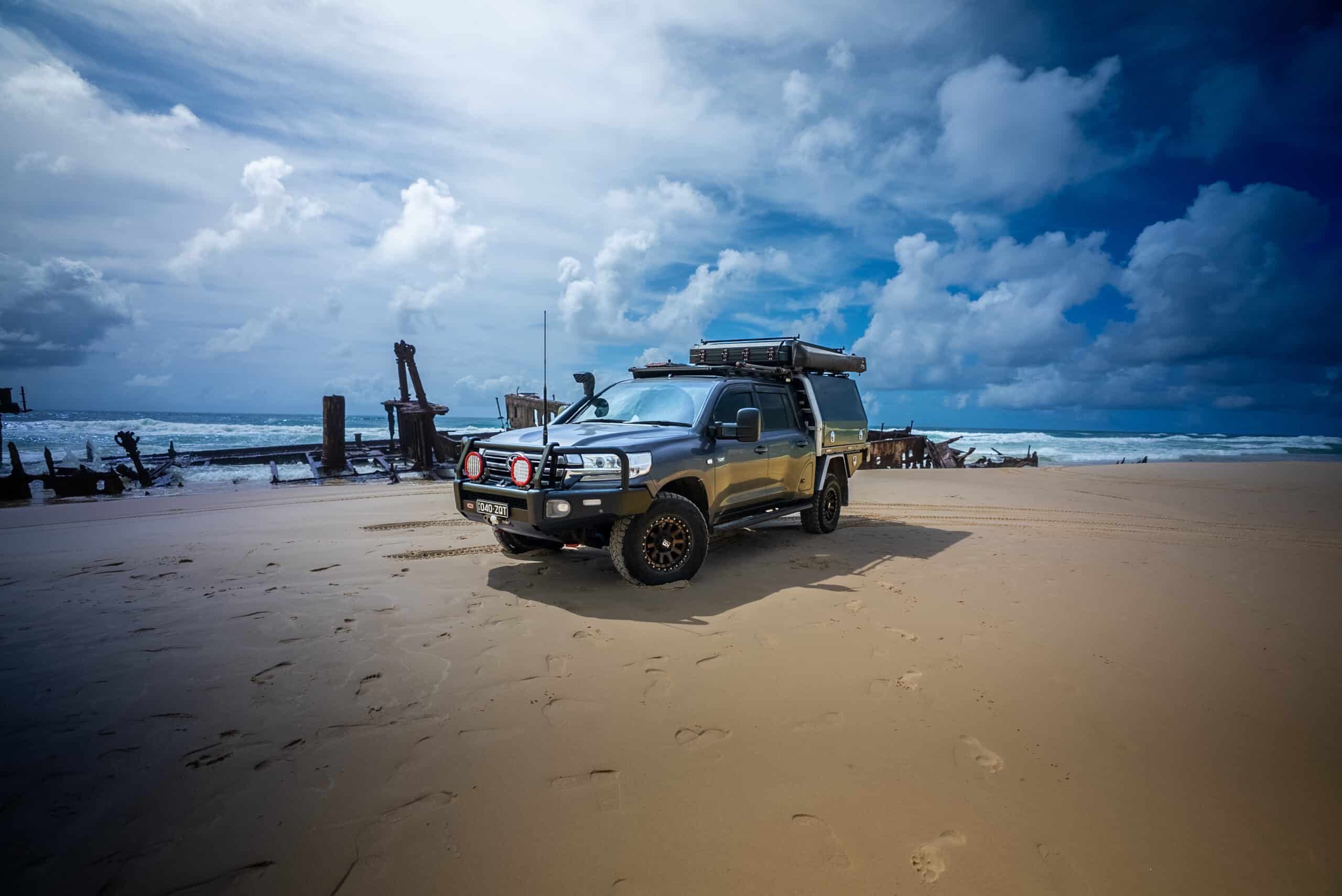
Written by
Darcie Sands
Published
March 25, 2025
Exploring Australia’s remote landscapes in your 4WD is an adventure of a lifetime, but the bush can be unforgiving if your vehicle breaks down. The combination of harsh conditions and isolation means that being prepared for potential breakdowns is essential for your safety and the success of your trip. Here’s a comprehensive guide to preventing and handling 4WD breakdowns in the bush.
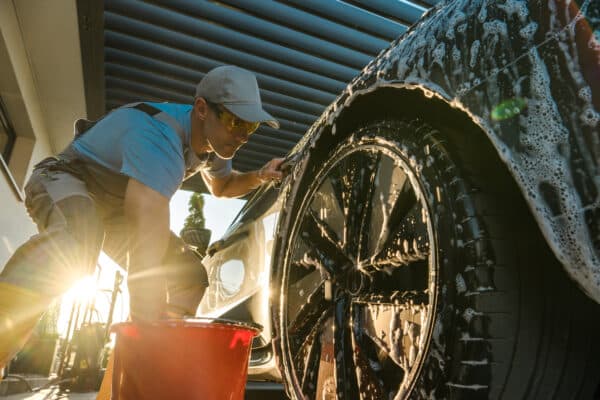
Preventing breakdowns begins before you even hit the road. A well-maintained vehicle is far less likely to experience issues in remote areas.
Pro tip: Schedule a professional 4WD service to catch issues you might miss.
Packing the right spare parts can mean the difference between fixing your vehicle on the spot or being stranded for hours—or days.
Pro tip: Learn how to install these parts before your trip—practice in a controlled environment to build confidence.
A basic toolkit is essential for handling minor repairs in the bush. Include tools that are specific to your vehicle’s make and model.
Pro tip: Add a workshop manual for your vehicle to guide you through repairs.
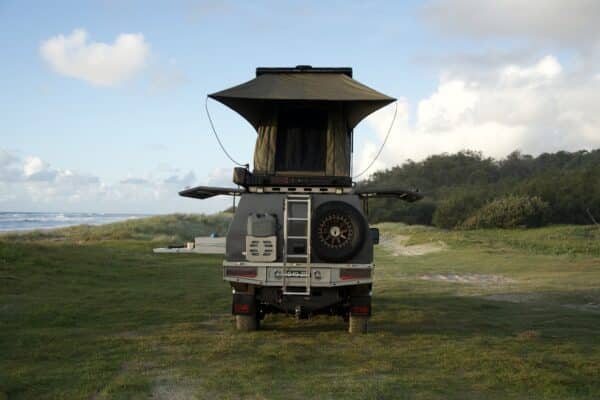
Understanding your 4WD’s systems and potential weak points will help you troubleshoot problems effectively.
Pro tip: Join a 4WD club or take a basic mechanics course to gain hands-on experience.
Your driving style can have a significant impact on your vehicle’s reliability, especially in challenging terrain.
Pro tip: Regularly check for loose bolts or parts during your trip, especially after rough terrain.
Even with the best preparation, breakdowns can still happen. Knowing how to handle common issues can save you time and stress.
Pro tip: Carry a spare container of clean water for the radiator and basic cooling needs.
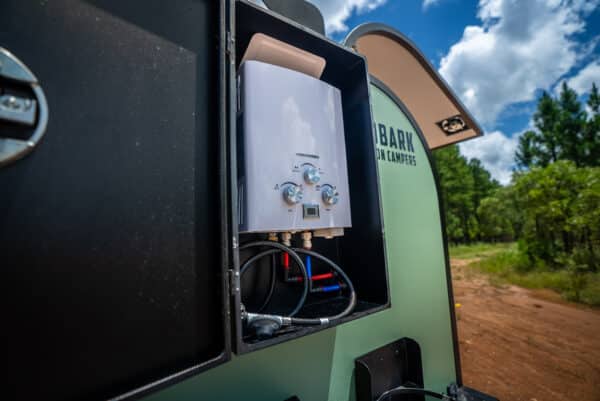
In remote areas, communication is crucial for getting help quickly if you can’t fix the problem yourself.
Pro tip: Share your itinerary with someone at home and include planned check-in points.
If you can’t resolve the issue, staying with your vehicle is often the safest option.
Pro tip: Use mirrors or shiny objects to signal for help, and set up a visible marker like a brightly colored tarp.
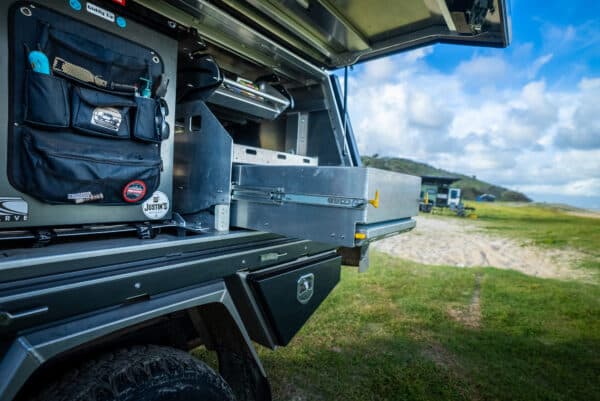
In the event of a long wait for help, survival gear can keep you safe and comfortable.
Pro tip: Practice using your survival gear before the trip so you’re prepared in case of an emergency.
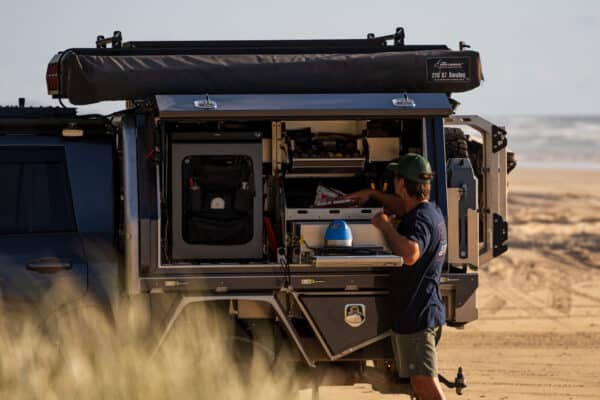
Sometimes, self-repair isn’t an option. Knowing when to call for help is crucial for your safety.
Pro tip: Use your communication device early to alert someone of your situation before it becomes critical.
A successful 4WD adventure in the bush hinges on preparation, knowledge, and the right attitude. By maintaining your vehicle, packing essential gear, and staying calm under pressure, you can handle most breakdowns and keep your trip on track. Remember, every challenge is an opportunity to learn and grow as an adventurer. With the right approach, you’ll return from the bush with not just stories of stunning landscapes, but also valuable lessons in resilience and self-reliance.